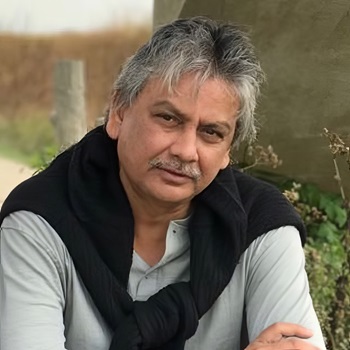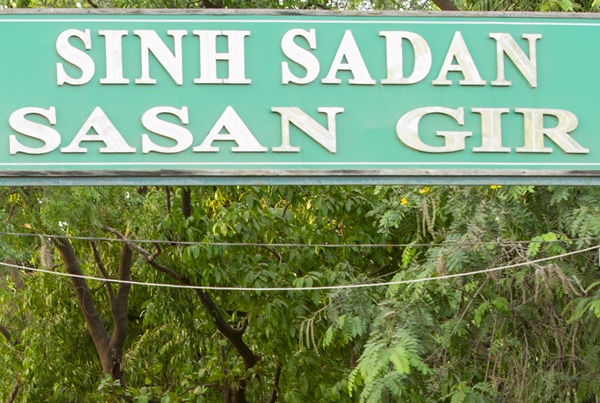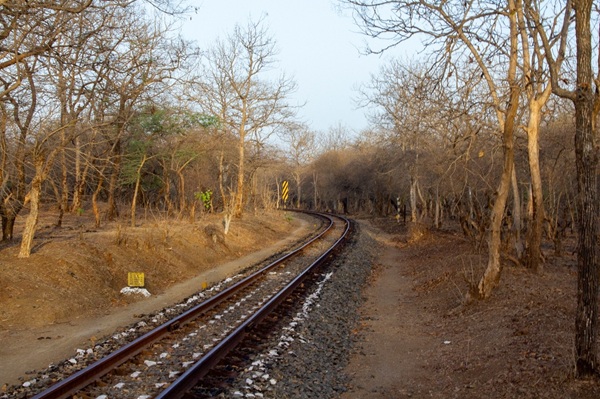.png)

Michael Patra is an economist, a career central banker, and a former RBI Deputy Governor who led monetary policy and helped shape India’s inflation targeting framework.
July 14, 2025 at 3:31 AM IST
The lion evokes a vision of majesty. At close quarters, its magnetic gaze transfixes into helpless immobility. It is the lion’s roar, however, that transcends this mesmerising impact in proximity. Among all the big cats, it is the lion that has the loudest roar. So loud that it can be heard up to 8 kilometres away. At a distance of a metre, the roar’s sound reaches 114 decibels. The human pain threshold regarding sound is around 110 decibels; so, standing close to a roaring lion sends shivers down the spine and causes physical pain in the ears. Science is at work here in the form of the unique characteristics of the lion’s vocal cords in its larynx. In other species, the vocal cords are triangular in shape and protrude into the throat. In a lion, fat deposits within the vocal cord ligament make the protrusions flat and square, allowing for the air pushed out from the lungs to have a larger surface area for vibration and generate sound waves that are approximately 25 times louder than a lawn mower.
Why did the science of creation make this unique intervention? Several reasons have been identified by zoologists and wildlife biologists – establishing and defending territory; coordinating and maintaining social bonding within the pride; mating calls; – but perhaps most importantly, health and well being: “I exist! Against all odds.”
This noble creature, this symbol of power and royalty, which once ranged throughout Africa, southeast Europe and Asia and is extensively depicted in sculptures, paintings, national flags, literature and films since the time of the Roman Empire, is clinging to survival. In sub-Saharan Africa its population has declined by 43% since the early 1990s. It is listed as ‘vulnerable’ in the red list of threatened species of the International Union for Conservation of Nature. Yet, impossibly, in one niche in India – in the Gir national park and surrounding areas of Saurashtra and Kathiawar in Gujarat – the lion proudly roars. This is the last stand of the Asiatic lion, its last refuge.


The Asiatic lion – it’s time to rename it as the Indian lion – is distinguishable from the African lion by its fur which ranges from ruddy-tawny, heavily speckled with black, to sandy or buffish grey, sometimes with a silvery sheen in certain lighting. It also has a relatively moderate mane growth, and divided infraorbital foramina or two small holes in the skull’s upper jawbone below the eye socket to the left and right of the nose – African lions have only one foramen on either side. The Asiatic lion has more strongly developed jaw muscles. It is most strikingly distinguished by a longitudinal fold of skin running along its belly.
Tragically, it was hunted to near extinction – by 1880s there were reportedly only 12 left in India even as they were getting extirpated from other parts of Asia and Europe. All known Asiatic lions outside India fell prey to hunters in Iran in the 1940s.
The turning point of sorts arrived in India when the hunters became protectors – the Nawabs of Junagarh, alarmed by the dwindling sightings, banned its hunting and trapping. Yet senior British officials and neighbouring princes continued their barbaric expeditions, especially outside the realms of Junagarh. The troubled eighth Nawab, Rasul Khanji, wrote to Lord Curzon, “...this noble race will be extinguished at the hands of common people unless the prohibition of destroying it is strictly enforced in all surrounding places alike.” His heir Mahabat Khanji persevered with the battle to save the lion.
The first major effort at conservation was made in 1965 when Gir was designated as a national park and wildlife sanctuary. Around that time in 1963, a census – the fourth since the Nawab of Junagarh’s first effort in 1884 – revealed that there were 285 lions in the region.
This decadent, ruthless past is now consigned to the flames of a forgettable, erasable history.
The latest census conducted in Gujarat in May 2025 has estimated there are 891 lions – a 32.2% increase since the last census in 2020 – spread over an area of 35,000 square kilometres across seven districts of the Saurashtra peninsula. Of them, 384 reside in the forest and sanctuary area, while 507 roam the wider revenue area and coastal and lion corridors across nine satellite populations.
The growing presence of lions outside protected areas reflects their expanding range. This in itself is a testimony to dogged conservation strategies that include habitat restoration, prey base enhancement, health monitoring, and community involvement for the mitigation of conflict with humans.
It is a truly remarkable achievement, a preservation of the evolution of one of the most unique felines in the world in an arduous journey from conflict to co-existence. Our land belongs as much to the lion as to us.
Amidst the stark beauty of the dry scrubland and deciduous forests of its habitat in a topography made up of successive rugged ridges, isolated hills, plateaus and valleys shared with over 606 varieties of plants, 38 species of mammals, 37 species of reptiles, over 2,000 genus of insects and approximately 300 sorts of birds in a delicate ecological balance, the lion is slowly re-taking its place as the pride of India.
It is already the logo of Make in India. Its ecosystem is still vulnerable to several hazards, including recurrent drought, cyclones, and forest fires, over-grazing, encroachment, weed infestation, environmental degradation due to excessive traffic and mining activity and a narrow genetic base.
Yet, this impossible recovery is as much a testimony to its feline tenacity as it is to the moral, social cultural values of the people of India and the courage, dedication and commitment of those to whom the reverbation of the lion’s roar brings a tired smile of pride.
Photographs by Subrat Seet



